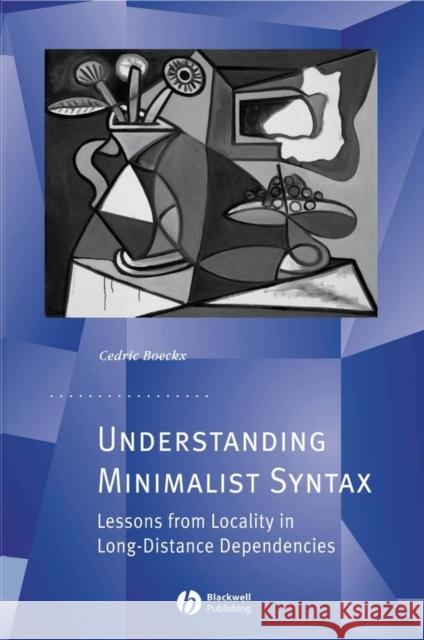Understanding Minimalist Syntax: Lessons from Locality in Long-Distance Dependencies » książka
topmenu
Understanding Minimalist Syntax: Lessons from Locality in Long-Distance Dependencies
ISBN-13: 9781405157940 / Angielski / Twarda / 2007 / 192 str.
Understanding Minimalist Syntax introduces the logic of the Minimalist Program by analyzing well-known descriptive generalizations about long-distance dependencies.
- An introduction to the logic of the minimalist program - arguably the most important branch of syntax
- Proposes a new theory of how long-distance dependencies are formed, with implications for theories of locality, and the minimalist program as a whole
- Introduces the logic of the minimalist program by analyzing well-known descriptive generalizations about long-distance dependencies, and asks why they should be true of natural languages
- Rich in empirical coverage, which will be welcomed by experts in the field, yet accessible enough for students looking for an introduction to the minimalist program.











